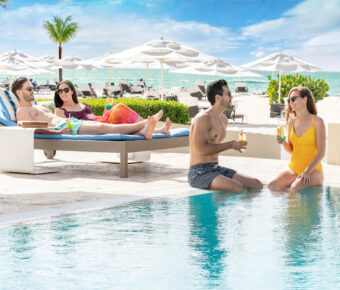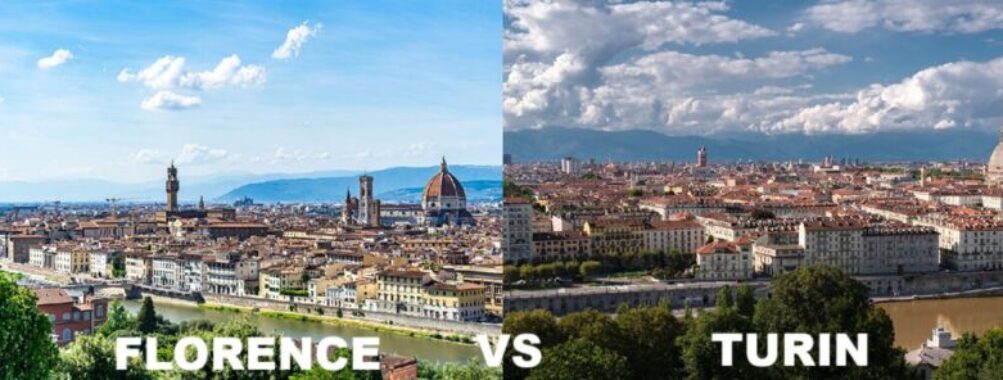
Florence vs Turin: Which Italian Gem Should You Visit in 2025?
Planning a trip to Italy? You might be torn between Florence and Turin. These two cities offer unique experiences for travelers. Florence is famous for its Renaissance art and architecture. It draws millions of visitors each year. On the other hand, Turin provides a more relaxed atmosphere with fewer crowds.
Both cities have their charms. Florence boasts world-class museums and iconic landmarks. Meanwhile, Turin shines with its royal palaces and vibrant food scene. The choice depends on what you’re looking for in your Italian adventure.
Weather can also play a role in your decision. Florence tends to be warmer, with higher average temperatures. Meanwhile, Turin’s climate is cooler, which might be more comfortable for some travelers. No matter which city you pick, you’re in for a treat of Italian culture, history, and cuisine.
Contents
- Historical Significance
- Florence’s Rich History
- Turin’s Royal Past
- Cultural Experiences
- Museums and Art in Florence
- Cinema and Egyptian Influences in Turin
- Architectural Marvels
- Florentine Architectural Gems
- Turin’s Iconic Landmarks
- Local Food Scene
- Culinary Delights in Florence
- Turin’s Slow Food Movement
- City Vibes and Nightlife
- Vibrant Florence Evenings
- Turin’s Lively Nights
- Shopping Destinations
- Florence’s Leather and Ceramics
- Turin’s Via Roma Boutiques
- Outdoor and Leisure Activities
- Gardens and Open Spaces in Florence
- Turin’s Valentino Park and Alps Proximity
- Economic Factors
- Cost of Living Comparison
- Financial Considerations for Visitors
- Transport and Accessibility
- Navigating Florence
- Getting Around Turin
- Frequently Asked Questions
- How does the cost of living compare between Florence and Turin?
- What unique attractions do Florence and Turin offer to tourists?
- Which city is more recommended for a first-time visitor to Italy, Florence or Turin?
- Can you highlight the cultural differences between life in Florence and life in Turin?
- What are the main factors to consider when choosing whether to visit Florence or Turin?
- How do the culinary experiences in Florence differ from those in Turin?
- More Travel Guides
Historical Significance
Florence and Turin both played pivotal roles in shaping Italy’s past. These cities boast unique histories that left lasting marks on art, culture, and politics.
Florence’s Rich History
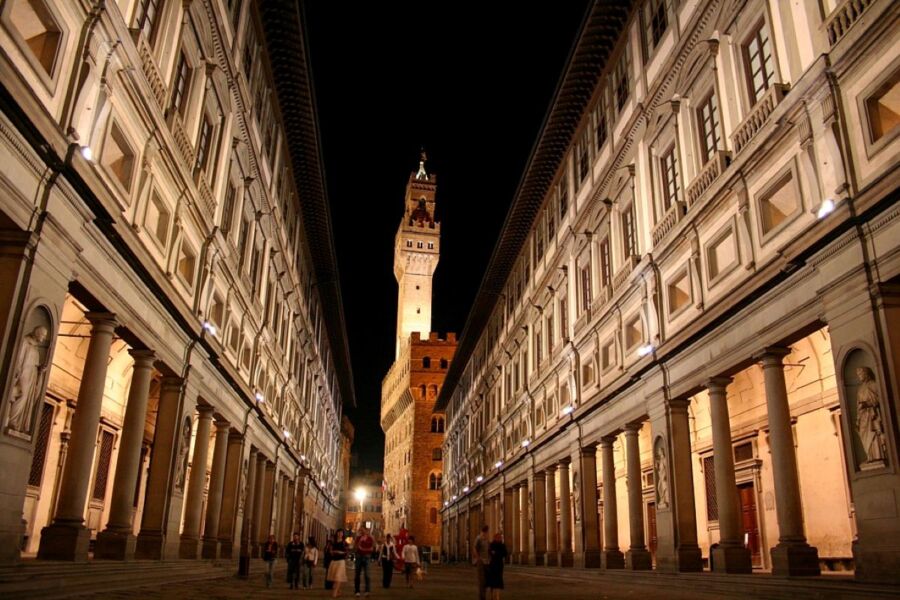
Florence was the birthplace of the Renaissance, a cultural movement that changed Europe forever. The city’s wealth and patronage of the arts led to an explosion of creativity. Famous artists like Michelangelo and Leonardo da Vinci called Florence home. Their masterpieces still draw millions of visitors each year.
The Medici family ruled Florence for centuries. They were powerful bankers who became patrons of the arts. Their influence helped make Florence a center of learning and culture. The city’s museums, like the Uffizi Gallery, house priceless Renaissance art collections.
Turin’s Royal Past

Turin served as Italy’s first capital after unification in 1861. The city has a regal air thanks to its time as the seat of the House of Savoy. The Royal Palace of Turin stands as a testament to this royal heritage. It’s a must-see for history buffs.
Turin’s Egyptian Museum is the world’s oldest museum devoted to ancient Egyptian culture outside of Egypt. It houses an impressive collection of artifacts. The city’s grand boulevards and elegant squares reflect its past as a royal capital.
Turin was also a key player in Italy’s push for unification. The city’s cafes were meeting spots for revolutionaries and intellectuals who dreamed of a unified Italy.
Cultural Experiences
Florence and Turin offer unique cultural experiences that showcase Italy’s rich history and artistic heritage. Both cities have impressive museums and artistic treasures, but each has its own special focus.
Museums and Art in Florence
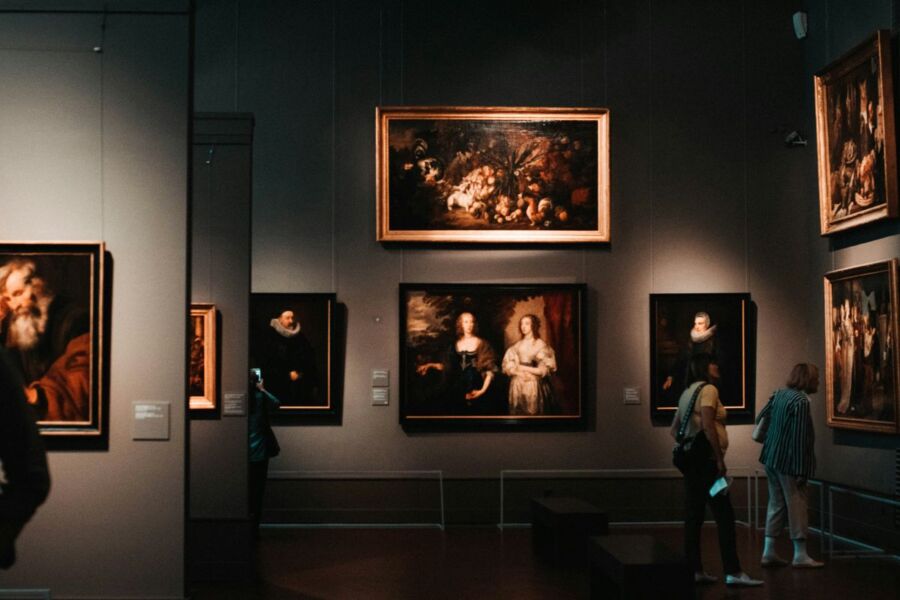
Florence is a treasure trove of Renaissance art. The Uffizi Gallery is a must-see, with its amazing collection of masterpieces by Botticelli, Leonardo da Vinci, and Michelangelo. Visitors can spend hours marveling at the famous Birth of Venus and other iconic works.
But Florence’s art scene goes beyond just one museum. The city itself is like an open-air gallery. Beautiful churches and palaces dot the streets, each hiding its own artistic gems.
Tourists love wandering through the narrow lanes, stumbling upon hidden frescoes and sculptures around every corner. It’s like stepping back in time to the height of the Renaissance.
Cinema and Egyptian Influences in Turin

Turin might surprise visitors with its unexpected cultural offerings. The Cinema Museum is a real treat for film buffs. Housed in the stunning Mole Antonelliana building, it takes guests on a journey through movie history.
But Turin’s cultural scene isn’t just about movies. The city has a fascinating Egyptian Museum, second only to the one in Cairo. It’s packed with ancient artifacts and mummies that transport visitors to the time of the pharaohs.
Turin’s elegant cafes and grand squares add to its cultural charm. These spots have inspired artists and writers for centuries. Visitors can sip coffee where famous Italian intellectuals once gathered, soaking in the city’s creative atmosphere.
Architectural Marvels
Florence and Turin boast some of Italy’s most breathtaking buildings. These cities showcase incredible structures that blend history, art, and design in unique ways.
Florentine Architectural Gems
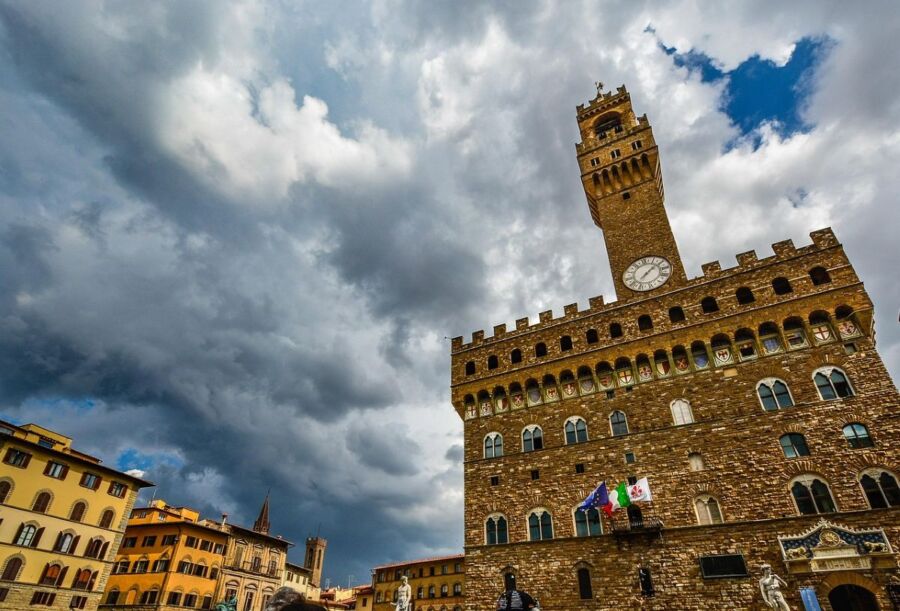
Florence’s skyline is dominated by the iconic Duomo. This massive cathedral took nearly 150 years to build and features a stunning dome engineered by Brunelleschi. It’s a true marvel of Renaissance architecture.
The Palazzo Vecchio is another must-see. This fortress-like building has been Florence’s town hall for centuries. Its crenellated tower is visible from all over the city.
Don’t miss the Ponte Vecchio. This medieval bridge spans the Arno River and is lined with jewelry shops. It’s the only bridge in Florence that wasn’t destroyed in World War II.
For a taste of Baroque style, check out the Palazzo Pitti. This massive palace was once home to the Medici family. Its elaborate facades and sprawling Boboli Gardens are a feast for the eyes.
Turin’s Iconic Landmarks
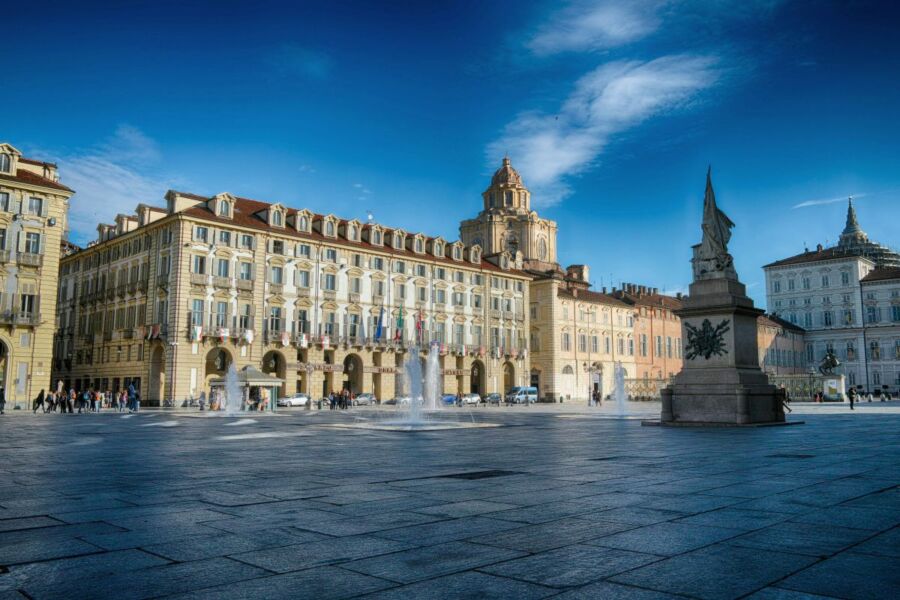
Turin’s skyline is defined by the Mole Antonelliana. This towering spire was originally meant to be a synagogue. Now it houses Italy’s National Museum of Cinema. You can take an elevator to the top for amazing city views.
The Royal Palace of Turin is a grand example of Baroque architecture. It was the main residence of the House of Savoy for centuries. The ornate interiors and royal gardens are stunning.
Piazza Castello is Turin’s main square. It’s surrounded by elegant porticoed buildings. The star of the show is Palazzo Madama, a medieval castle with a Baroque facade. It now houses the Civic Museum of Ancient Art.
For a more modern marvel, visit the Lingotto. This former Fiat factory has a rooftop test track. It’s been converted into a shopping center and hotel, but still keeps its industrial charm.
Local Food Scene
Florence and Turin both offer incredible culinary experiences, but with distinct flavors and traditions. Each city has its own unique gastronomy that reflects its history and culture.
Culinary Delights in Florence

Florence is a food lover’s paradise. The city’s signature dish is the Florentine steak, a massive T-bone cut that’s grilled to perfection. It’s not for the faint of heart – these steaks can weigh up to 4 pounds!
But there’s more to Florentine cuisine than just meat. The city is known for its simple, rustic dishes that highlight fresh, local ingredients. Ribollita, a hearty vegetable soup, is a must-try. It’s the perfect comfort food on a chilly day.
For dessert, gelato is king in Florence. The city claims to be the birthplace of this frozen treat. Visitors can find gelaterias on almost every corner, each offering unique flavors.
Turin’s Slow Food Movement

Turin takes a different approach to food. The city is the birthplace of the Slow Food Movement, which champions local, sustainable, and traditional cuisine.
This philosophy is evident in Turin’s restaurants. Many focus on Piedmontese specialties like agnolotti pasta and vitello tonnato. These dishes might take longer to prepare, but the flavors are worth the wait.
Turin is also famous for its chocolate. The city invented the chocolate-hazelnut spread that inspired Nutella. Food lovers shouldn’t miss trying gianduiotto, a creamy chocolate treat shaped like an upturned boat.
The city’s historic cafes are another highlight. Some have been serving coffee and pastries for centuries. They’re perfect spots to experience Turin’s relaxed food culture.
City Vibes and Nightlife
Florence and Turin both offer exciting evening scenes, but with distinct flavors. Florence buzzes with artistic energy and tourist charm, while Turin exudes a laid-back local vibe with historic cafes and innovative spaces.
Vibrant Florence Evenings

Florence comes alive after dark. The city’s narrow streets fill with the sounds of laughter and clinking glasses. Tourists and locals mix in bustling piazzas. Santa Croce area is a hotspot, with trendy bars and clubs. For a uniquely Florentine night out, try an enoteca. These wine bars serve local vintages with tasty snacks.
Want something livelier? Head to Central Market. This indoor food hall turns into a buzzing social scene at night. Grab a drink, sample local treats, and mingle with friendly folks. Don’t miss the Oltrarno district for a more alternative vibe. It’s packed with hip spots and artsy hangouts.
Turin’s Lively Nights

Turin’s nightlife has a cooler, more relaxed feel. The city is famous for its historic cafes, some over 200 years old. These elegant spots are perfect for sipping vermouth and people-watching. As night falls, locals flock to aperitivo bars. This pre-dinner drink and snack tradition is a must-try Turinese experience.
For a modern twist, check out Quadrilatero Romano. This neighborhood is full of trendy bars and clubs. In winter, don’t miss Luci d’Artista. This light art festival turns the whole city into a glowing playground. It adds a magical touch to Turin’s nights. For late-night fun, San Salvario district is the place to be. It’s packed with diverse bars and venues to suit any taste.
Shopping Destinations
Florence and Turin offer distinct shopping experiences. Each city has its own unique retail culture, from luxury brands to local artisans.
Florence’s Leather and Ceramics

Florence is a shopper’s dream. The city’s famous leather market on Via Giovan Battista Zannoni is a must-visit spot. Here, you’ll find countless stalls selling handmade leather goods. Jackets, bags, and wallets are just a few items on offer.
But Florence isn’t just about leather. The city is also known for its beautiful ceramics. Colorful plates, vases, and decorative items line shop windows throughout the city.
For high-end fashion, Via de Tornabuoni is the place to be. This street is home to big Italian names like Gucci and Ferragamo. The Golden Triangle area near Piazza della Signoria is another hotspot for luxury shopping.
Turin’s Via Roma Boutiques
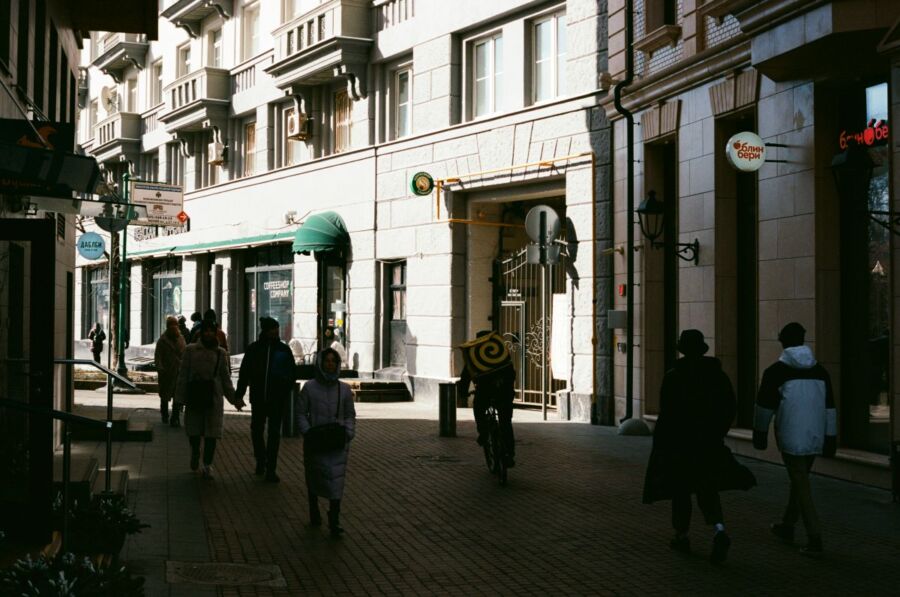
Turin’s shopping scene is more low-key than Florence’s, but it’s still impressive. The city’s main shopping street is Via Roma. This elegant thoroughfare is lined with high-end boutiques and department stores.
Via Roma is perfect for window shopping or splurging on designer goods. You’ll find a mix of Italian and international brands here. The street has a sophisticated vibe that matches Turin’s refined reputation.
For a more local shopping experience, Turin’s markets are worth exploring. The Porta Palazzo market is Europe’s largest open-air market. It’s a great place to find fresh produce, local specialties, and unique souvenirs.
Outdoor and Leisure Activities
Florence and Turin both offer unique outdoor experiences. From stunning gardens to mountain adventures, these cities provide plenty of options for nature lovers and active travelers.
Gardens and Open Spaces in Florence

Florence is home to some beautiful green spaces. The Boboli Gardens are a must-visit. These 16th-century gardens have fountains, sculptures, and great views of the city. It’s like stepping into a living museum.
For a quieter spot, try the Rose Garden. It’s free to enter and has over 350 types of roses. The garden also has a Japanese garden section. It’s a nice place to relax and enjoy the scenery.
Don’t miss the Bardini Garden. It’s less crowded than Boboli but just as pretty. The garden has a baroque staircase and amazing views of Florence. In spring, the wisteria tunnel is a sight to behold.
Turin’s Valentino Park and Alps Proximity

Turin’s Valentino Park is the city’s green heart. It’s huge – about 500,000 square meters! The park has a medieval village, botanical garden, and a beautiful river walk. It’s perfect for picnics, jogging, or just enjoying nature.
Turin’s big draw is its closeness to the Alps. You can see the mountains from the city on clear days. This means easy access to skiing in winter and hiking in summer. The Susa Valley, just an hour away, has great trails for all skill levels.
For a quick nature fix, head to Superga Hill. It’s right outside the city. You can take a historic tram up or hike if you’re feeling energetic. The views of Turin and the Alps from the top are amazing.
Economic Factors
Florence and Turin have distinct economic profiles that shape the experience of living in or visiting these Italian cities. Let’s dive into the cost differences and financial considerations for travelers.
Cost of Living Comparison
Turin offers a more budget-friendly lifestyle compared to Florence. Rent prices in Turin are about 34% lower than in Florence, which is great news for those planning extended stays. Food costs also favor Turin, with restaurant prices roughly 12% lower than in Florence.
Groceries are a bit pricier in Turin, about 3% higher than Florence. But don’t let that scare you off! The overall cost of living, including rent, is still about 13% lower in Turin.
For those number-crunchers out there, here’s a quick breakdown:
- Rent: 34% cheaper in Turin
- Restaurants: 12% less expensive in Turin
- Groceries: 3% pricier in Turin
- Overall living costs: 13% lower in Turin
Financial Considerations for Visitors
Budget travelers might find Turin more wallet-friendly. The city’s lower restaurant prices mean you can enjoy more meals out without breaking the bank. Plus, with cheaper accommodation, you can stretch your travel budget further or upgrade to nicer digs.
Florence, while pricier, offers its own financial perks. The city’s compact size means you might save on transportation costs. Many attractions are within walking distance, so you can skip pricey taxis or public transport.
Shopping for clothes? Turin might surprise you with better deals on jeans, while Florence could be your go-to for summer dresses. It’s worth checking out local markets in both cities for unique finds and potential bargains.
Remember, prices can vary depending on the season and specific neighborhoods. Do a bit of research before your trip to find the best deals in either city.
Transport and Accessibility
Florence and Turin both offer unique ways to get around. Each city has its own charm when it comes to transport options. Let’s explore how to navigate these Italian gems.

Florence is a walkable city. Most tourist spots are close together. But if you need wheels, buses and trams are handy. The ATAF runs the bus system. It’s cheap and covers the whole city. Trams are newer and connect the center to suburbs.
Bikes are big in Florence too. Lots of rental shops let you pedal around. It’s fun and eco-friendly. Just watch out for cobblestones!
Taxis are around, but pricey. They’re good for late nights or trips to the airport.
For day trips, trains from Santa Maria Novella station can whisk you to other Tuscan towns.
Getting Around Turin

Turin’s metro is small but slick. It’s fast and clean. Buses and trams fill in the gaps. GTT runs them all. You can buy tickets at newsstands or book transport online.
Via Garibaldi is great for a stroll. It’s one of Europe’s longest pedestrian streets. Perfect for window shopping!
Bike sharing is popular in Turin. Grab a ToBike from stations around town. It’s cheap and green.
Turin’s taxi drivers know their stuff. They’ll get you where you need to go fast. Just flag one down or call for pickup.
The city’s location makes it easy to reach the Alps or Mediterranean coast. Trains and buses can take you on awesome day trips.
Frequently Asked Questions
Florence and Turin offer distinct experiences for visitors to Italy. Each city has its own unique charm, attractions, and cultural flavor. Let’s explore some key differences to help you decide which destination might be best for your trip.
How does the cost of living compare between Florence and Turin?
Florence tends to be pricier than Turin. Hotels and restaurants in Florence often charge more due to high tourist demand. Turin’s costs are generally lower, making it easier on the wallet for travelers. Food and drinks are usually cheaper in Turin too.
What unique attractions do Florence and Turin offer to tourists?
Florence wows visitors with Renaissance art and architecture. The Uffizi Gallery and Michelangelo’s David are must-sees. Turin shines with its royal palaces and museums. The Egyptian Museum is a top draw. Both cities have stunning churches and piazzas to explore.
Which city is more recommended for a first-time visitor to Italy, Florence or Turin?
Florence is often the top pick for first-timers. Its famous art and historic center make it a classic Italian experience. But Turin offers a less crowded option with plenty to see. It’s great for those seeking a more laid-back Italian city visit.
Can you highlight the cultural differences between life in Florence and life in Turin?
Florence feels like stepping back in time to the Renaissance. The city buzzes with tourists and art lovers. Turin has a more modern vibe. It’s known for its car industry and cafe culture. People in Turin tend to be more reserved than the outgoing Florentines.
What are the main factors to consider when choosing whether to visit Florence or Turin?
Think about your interests. Art fans will love Florence. History buffs might prefer Turin’s palaces. Consider crowds too. Florence gets packed in summer. Turin is usually less busy. Budget is another factor. Turin is cheaper overall.
How do the culinary experiences in Florence differ from those in Turin?
Florence is famous for Tuscan dishes like bistecca alla fiorentina. Meanwhile, the Slow Food movement was born in Turin. It’s known for truffles and chocolate. Both cities have great food, but Turin’s scene is more cutting-edge. You can book food tours in either city to taste local specialties.

